Histology
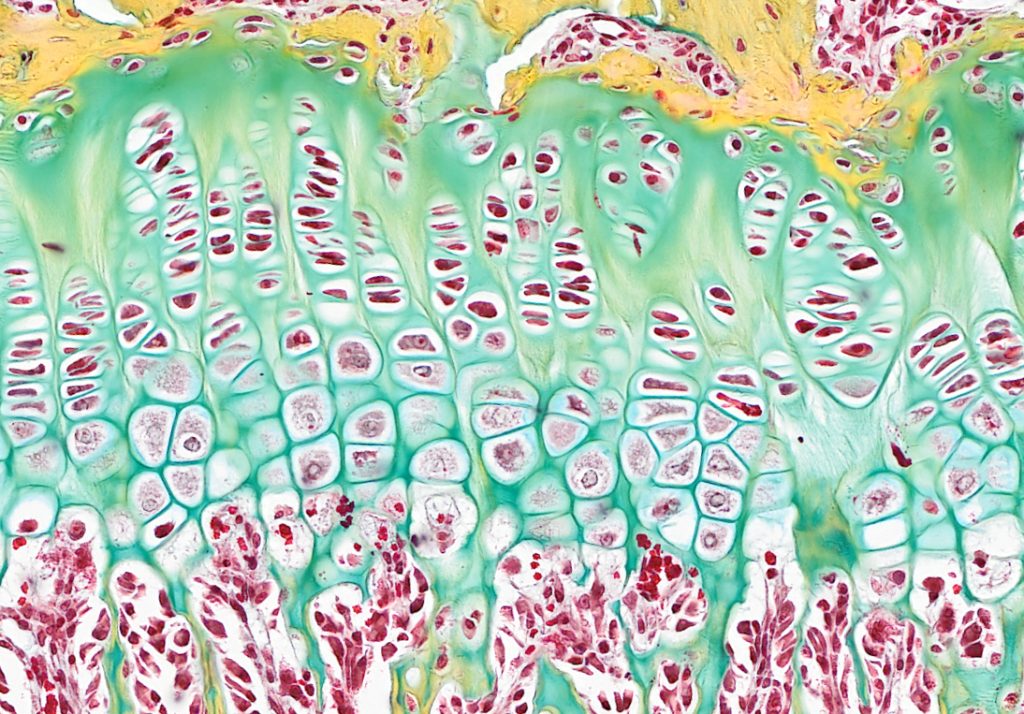
Histology is a method to differentially stain and identify various tissue structures in thin tissue sections. Through structural representation and localization, changes in the tissue can be identified and regeneration of new tissue can be examined. Therefore, histology is one of the most important analytical methods in biology, pathology and tissue regeneration. A variety of methods (eg paraffin histology, hard tissue histology, immunohistochemistry) – is available to cover a broad range of research questions.
Contact: Barbara Schädl (paraffin histology), Stefan Tangl (hard tissue histology)
Hard Tissue Histology
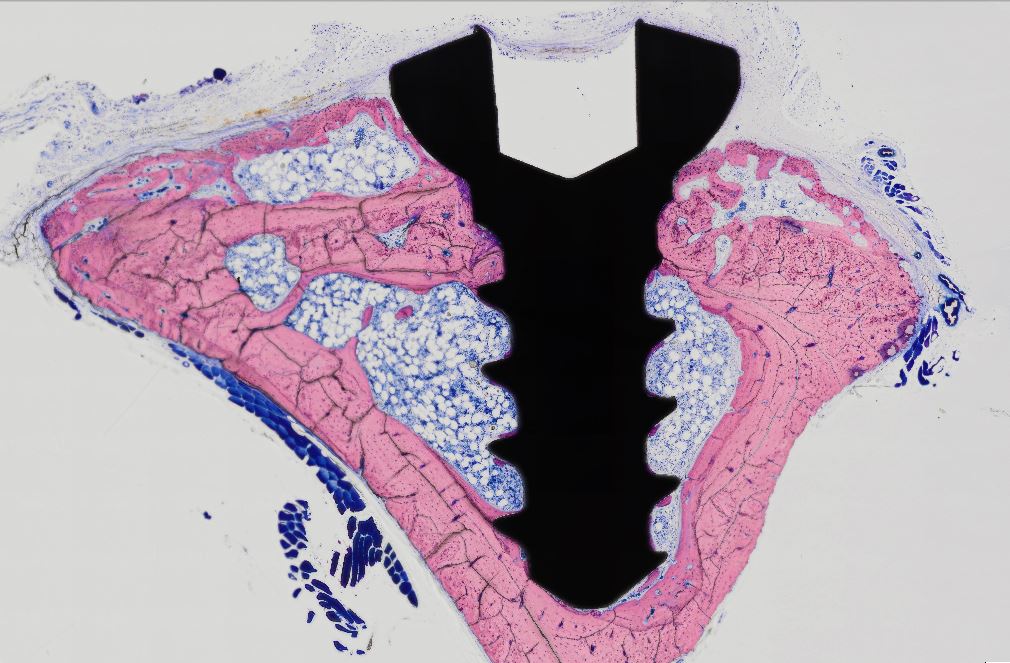
Hard tissue histology is a method that is used to display and analyze different structures of hard tissue in tissue sections. Hard tissue is, in contrast to soft tissue such as tendons, nerves or muscles, calcified and mineralized tissue and encompasses for example bones and teeth.
Contact: Stefan Tangl
Molecular Biology
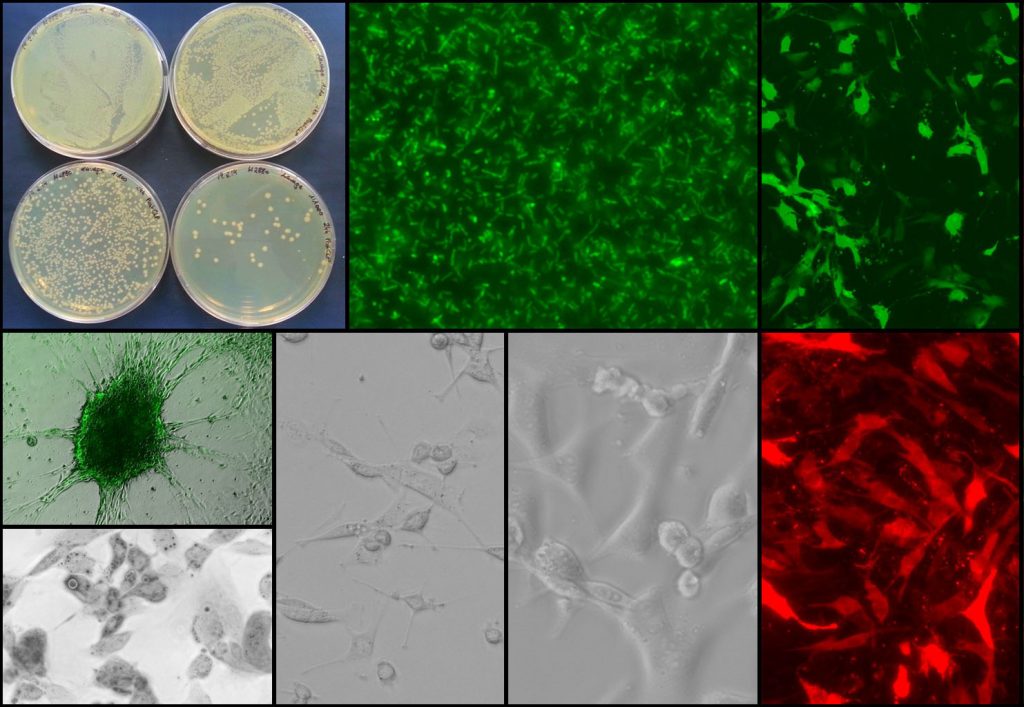
In molecular biology, the structure, synthesis and role of DNA and RNA are examined. Research is done on gene expression and gene regulation as well as the role of proteins in the cell and their interaction with DNA. The aim is to better understand these various mechanisms on a molecular level.
Contact: Johannes Grillari
Cell Biology
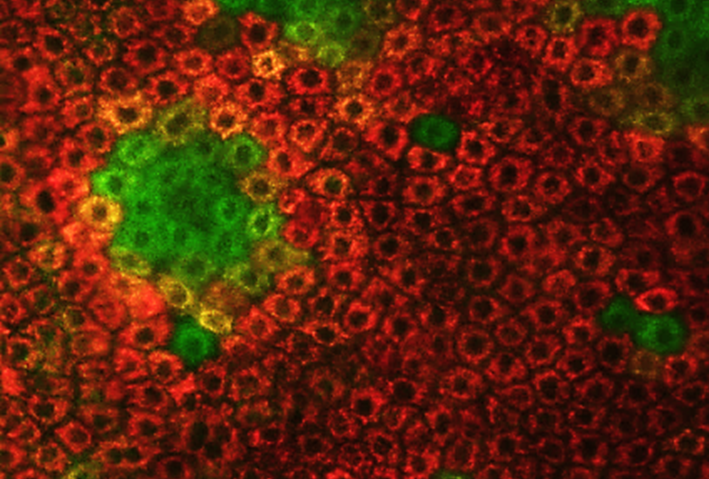
Cell biology focuses on cells and biological processes in cells. An emphasis is put on different parts of the cell with the cell organelles but also on proliferation and the communication within cell bonds as well as the characteristics and functionality of specific cell types. Researching mechanisms on a cellular level plays an important role in order to clarify and better understand cellular structures.
Contact: Susanne Wolbank
Contact: Regina Grillari (Evercyte)
Preclinical Models
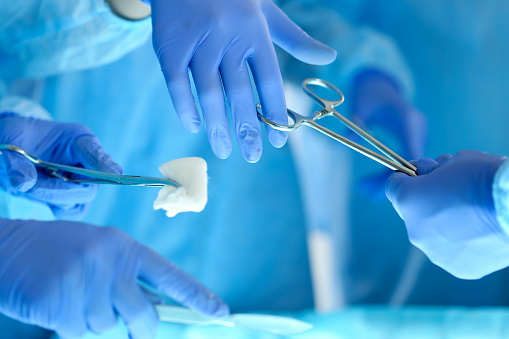
For the different musculoskeletal research areas including neuro-regeneration multiple appropriate preclinical models in vitro and in vivo are available.
Contact: Ludwig Boltzmann Institute for Traumatology, the research center in cooperation with AUVA
Vascularization
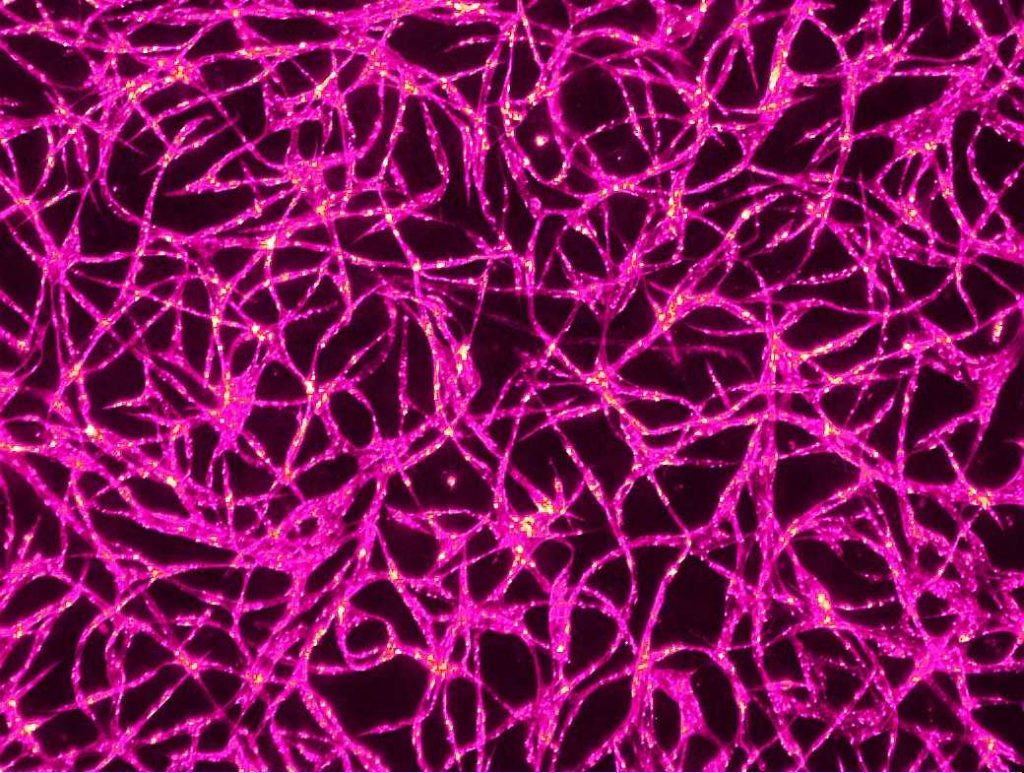
Vessels play a fundamental role in most higher organisms as they transport blood from the heart throughout the body and drain tissue fluid back into the blood circulation. Endothelial cells line the inner side of these vessels. Their basic functions in the formation and growth of blood and lymphatic vessels are being studied, aiming for the development of vascularization strategies that can be used in a clinical setting.
Contact: Wolfgang Holnthoner
Imaging
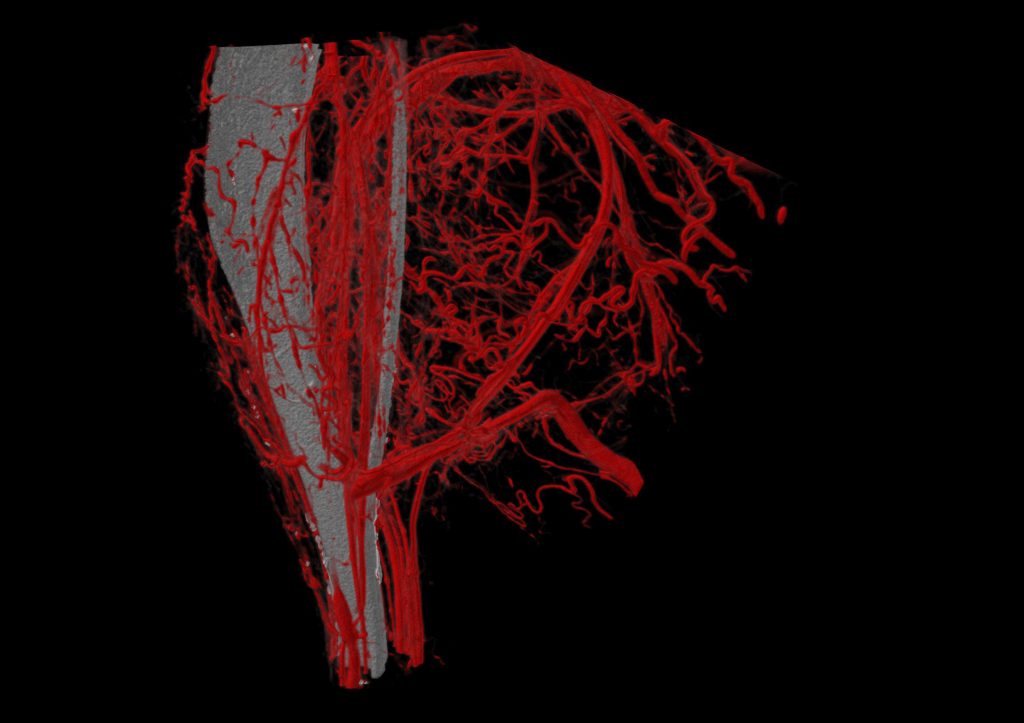
Broken bones, ruptured ligaments or injuries of inner organs but also damages on a cellular level are often a consequence of trauma. To follow healing processes and visualize the basic mechanisms of regeneration, various imaging techniques are used. This encompasses different methods that create imaging material on various levels, from organs to cellular structures.
Cluster members are also part of the Euro-BioImaging node Vienna.
Contact: Paul Slezak
Bioreactors & Microfluidics
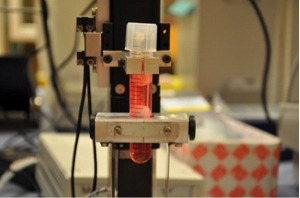
Bioreactors in tissue regeneration are used to cultivate cells under optimized dynamic conditions in a closed environment. The conditions of culture can be influenced and controlled for example by nutrition supply, oxygen concentration, temperature or pH level.
Contact Bioreactors: Andreas Teuschl
Contact Microfluidics: Peter Ertl
Biomaterials
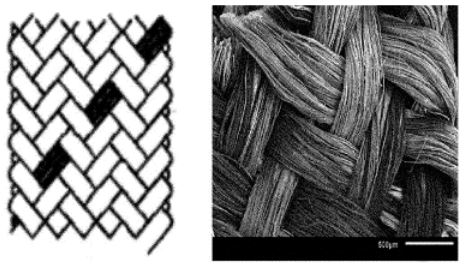
Biomaterials are synthetic or cell free natural materials that have to be biocompatible since they are used for therapeutic purposes. Both artificial polymer structures as well as natural tissue can be utilized.
Contact: Andreas Teuschl (MorphoMed)
Simulations
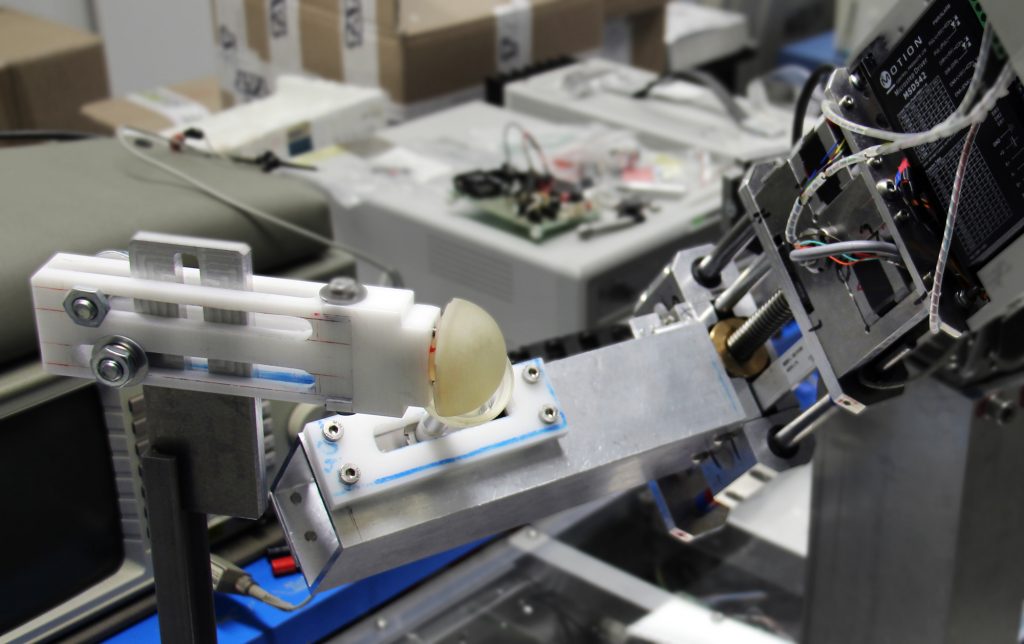
Contact Shoulder Joint Simulator: Daniel Smolen
Mathematical Modeling
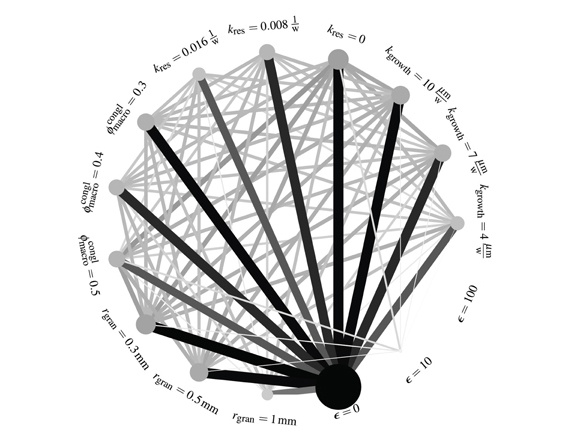
Being key to traditional engineering fields such as civil, mechanical, and electrical engineering, mathematical models have also been invading and transforming more recent fields aiming at the adoption of engineering principles, such as tissue engineering and tissue regeneration. Our activities concern quantification of mechanical integrity and safety assessment of tissues, as well as the interplay between (engineering) mechanics and (systems) biology. The latter interplay drives the potential success of regeneration strategies.
Contact: Christian Hellmich